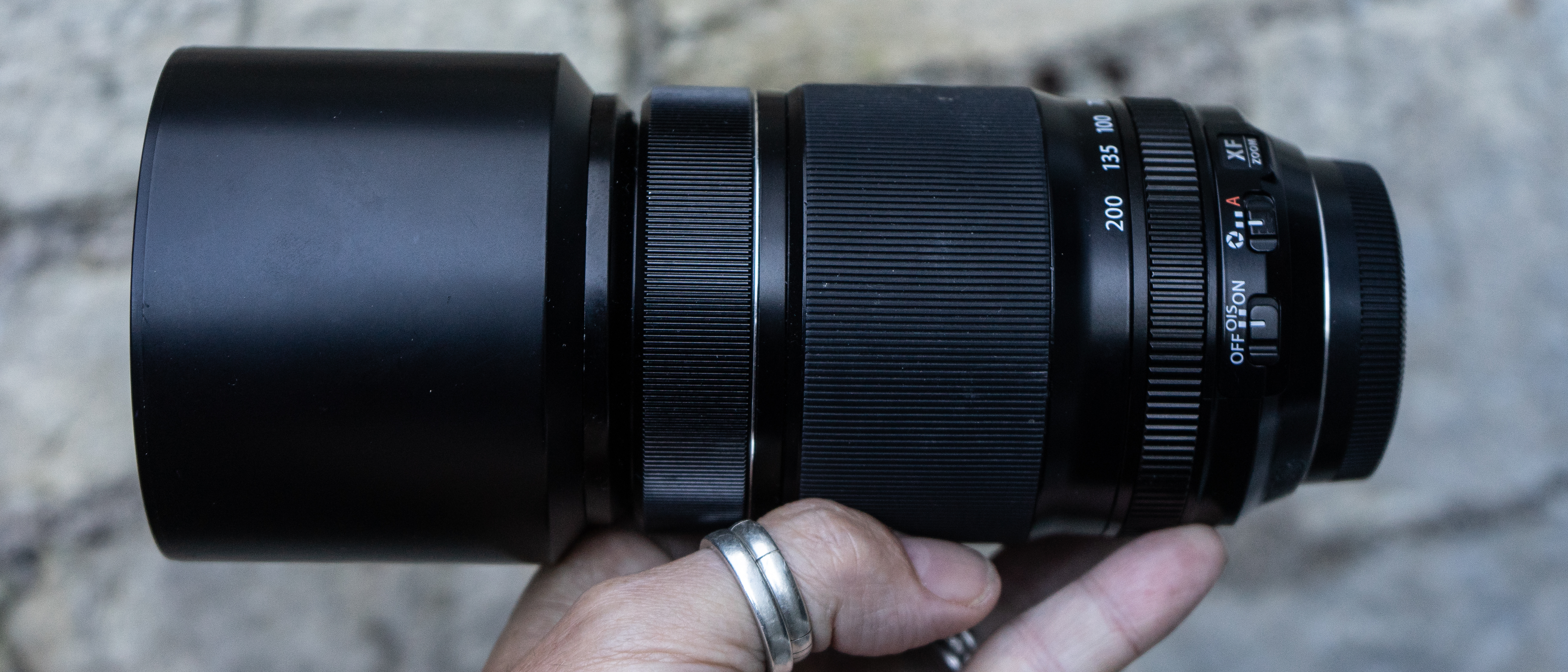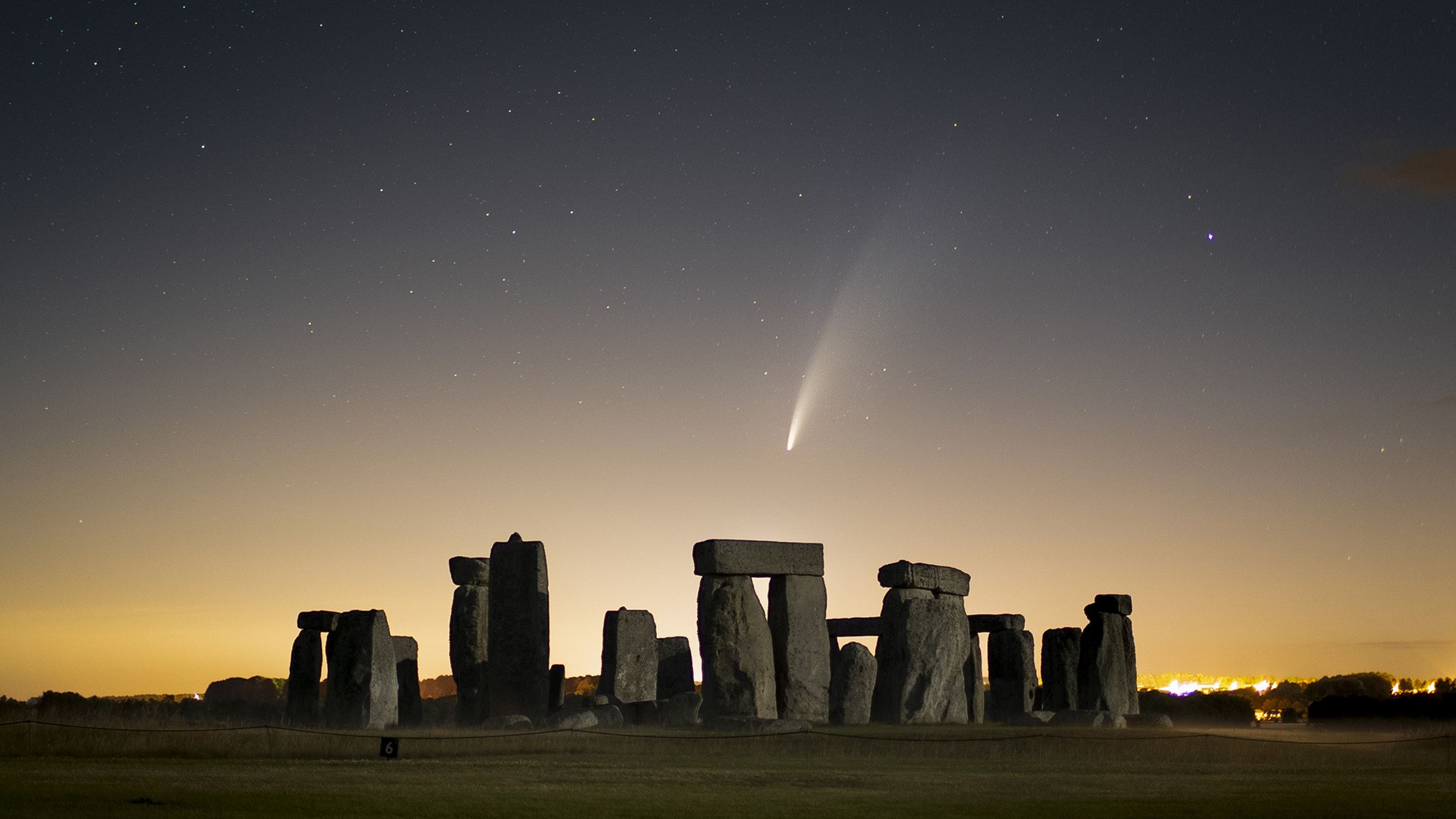Digital Camera World Verdict
There is a lot to like about the XF55-200mm, even if it has been on sale longer than most other Fujifilm lenses. It has just the right combination of size and features for most photographers – and provides a decent optical performance too. For the money, you could do much worse than picking this sensibly-sized zoom for your camera bag.
Pros
- +
Affordable telezoom
- +
Built-in image stabilization
Cons
- -
Not recommended for latest high-resolution cameras
- -
No weatherproofing
- -
Some softness at edges
Why you can trust Digital Camera World
There are a number of different telephoto zooms in the Fujifilm X range - but the Fujinon XF55-200mm F3.5-4.8 R LM OIS is probably our favorite choice for beginners, and for those who don't want something that weighs too heavily in their camera bag.
The XF55-200mm is ten years old, and was one of the early zooms for the APS-C-format camera system. A better alternative for professional use, and for portraiture, is the excellent Fujifilm 50-140mm f/2.8 WR OIS - but this comes at a significantly higher price, and weight
There are two other sensibly lenses you may consider as alternatives - both of which also have in-built optical stabilization. There is the budget-prices and slower Fujifilm 50-230mm f/4.5-6.7 XC OIS. Or there is the Fujifilm 70-300mm XF f4-5.6 R LM OIS WR which offers a great telephoto range, and for the extra investment gets you the weatherproofing that is not found on the XF55-200mm.
Specifications
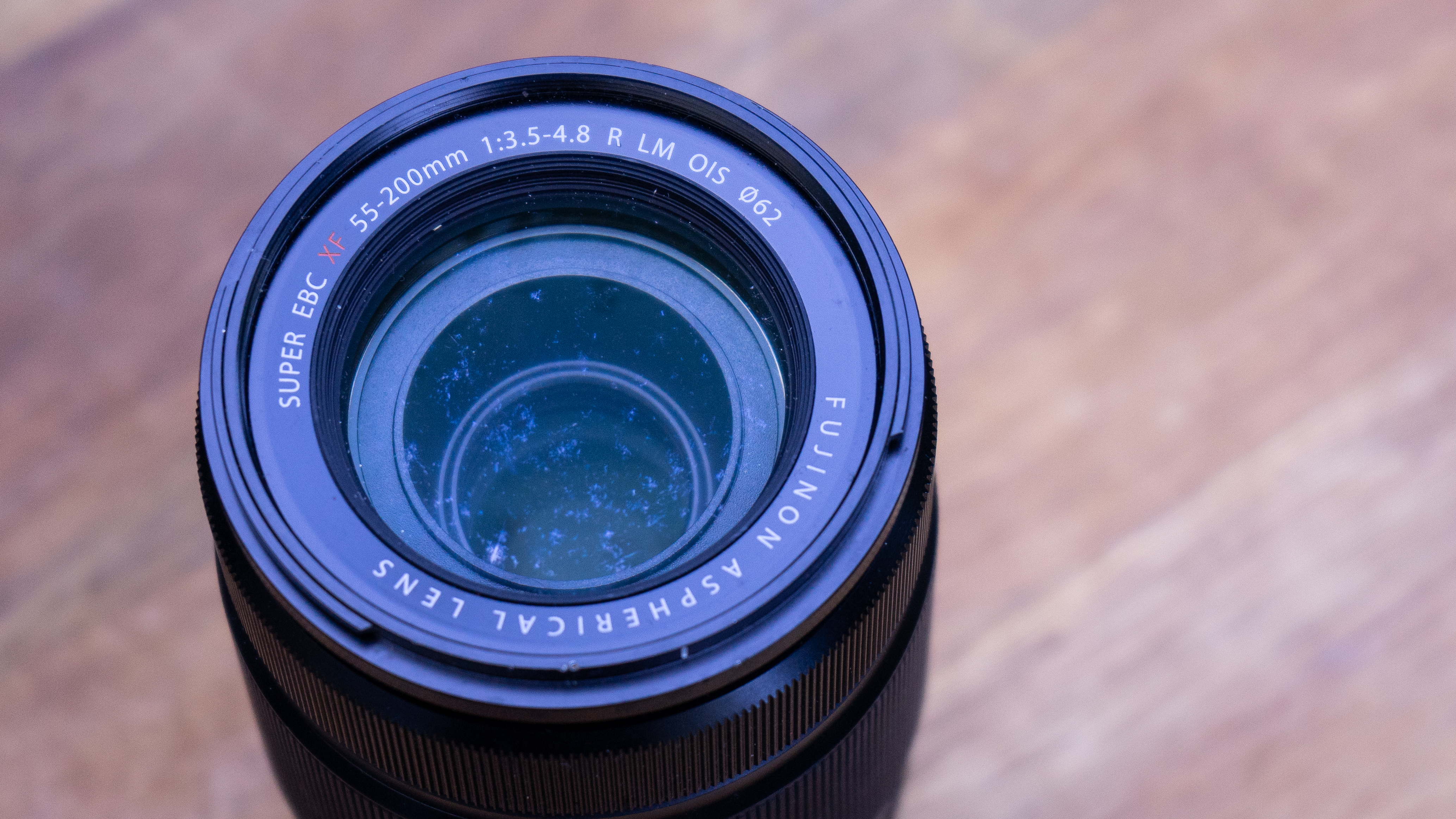
Mount: Fujifilm X
Full frame: No
Autofocus: Yes
Stabilization: Yes
Lens construction: 14 elements in 10 groups
Angle of view: 29.0 - 8.1 degrees
Diaphragm blades: 7
Minimum aperture: f/22
Minimum focusing distance: 1.1m
Maximum magnification ratio: 0.18x
Filter size: 62mm
Dimensions: 75 x 118mm
Weight: 580g
Key features
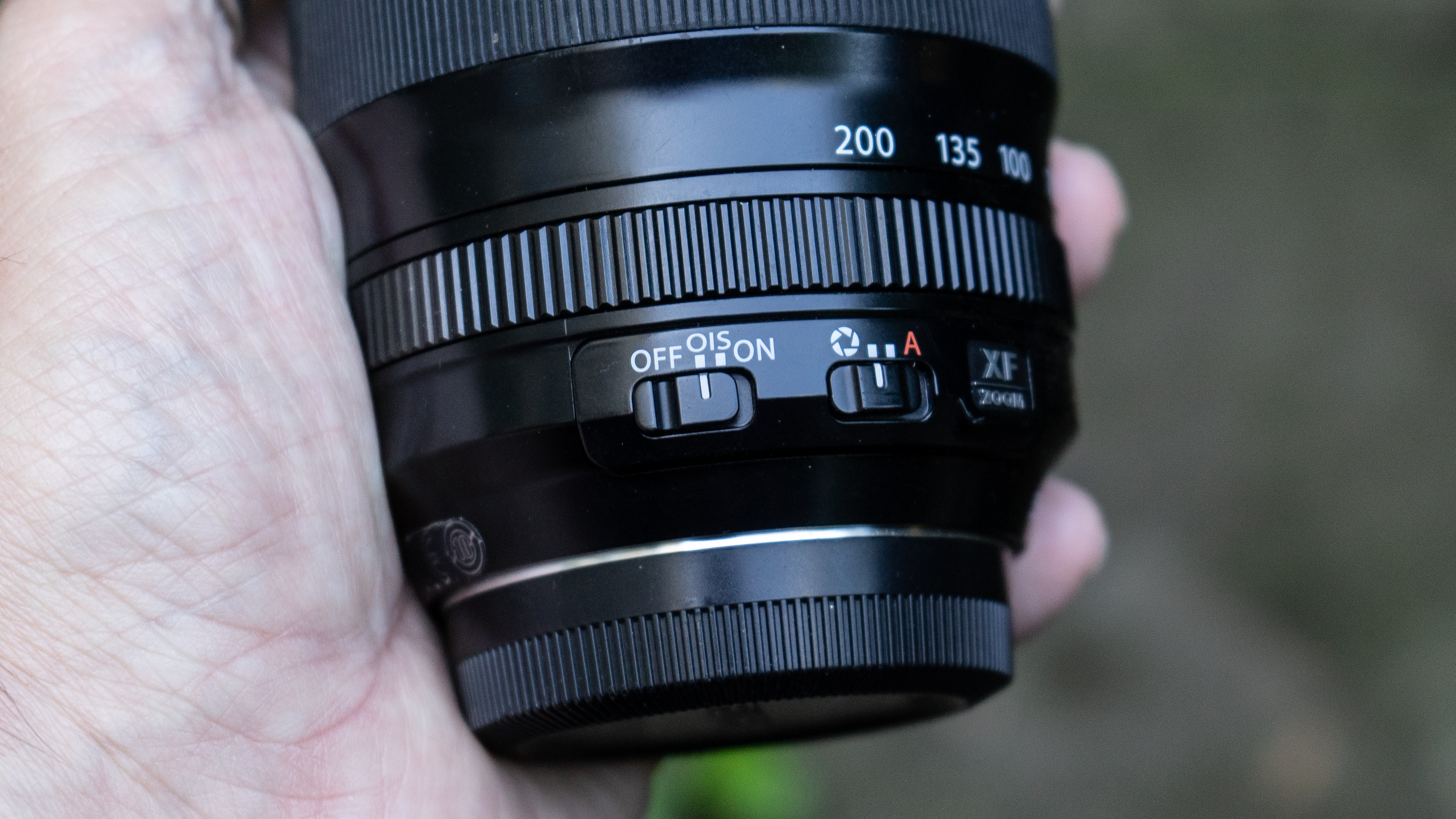
The XF55-200mm F3.5-4.8 R LM OIS is about the size of a soda can, but weighs more at 580g. Thanks to the crop-factor effect of the sensor, the effective focal range of this zoom is 83.5-300mm - which is great for candid photography, wildlife, sports and picking out details in a landscape.
In addition to the wide zoom ring, there is a electronically-controlled manual focus ring at the front - which works well when used in conjunction with Fujifilm Focus Assist feature - that blows up the center of the frame in the viewfinder, so you can carefully check when the shot is in focus.
There is no mechanical aperture ring on this lens, but you do still get an aperture control ring, that allows you to adjust the iris opening from the lens itself if you so wish. There is a simple two-way switch that allows you to swap from using this feature to controlling the aperture from the camera's thumbwheel.
The only other control on the lens is the on/off switch for the optical image stabilization - which promises up to 4.5 stops of benefit. There are no special image stabilization modes, as found on some rival system lenses, for panning.
The body of the lens is a mixture of polycarbonate and metal - with a metallic bayonet attachment. The zoom is supplied with a cylindrical-shaped lens hood, made out plastic, that extends around 70mm.
Sample images

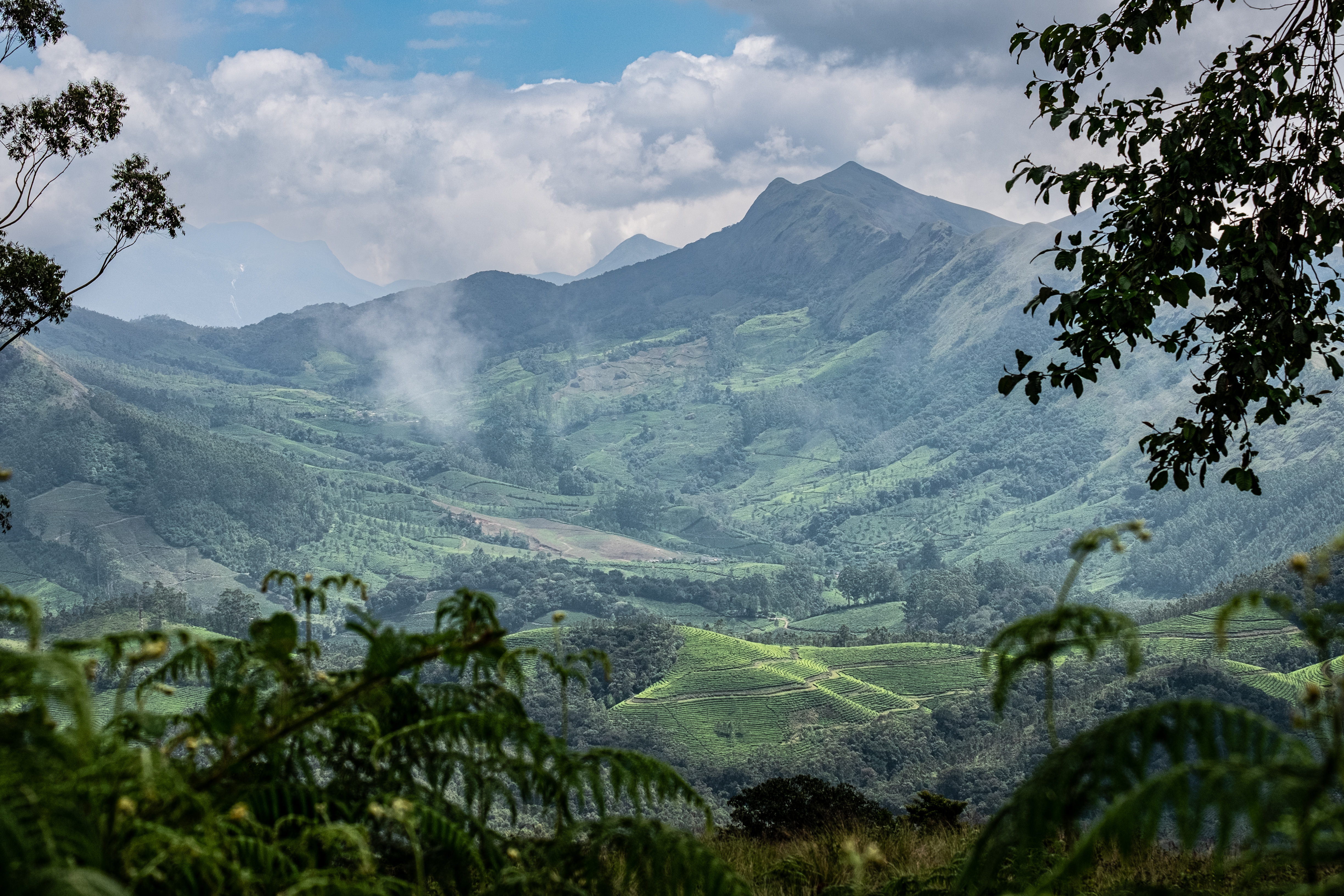

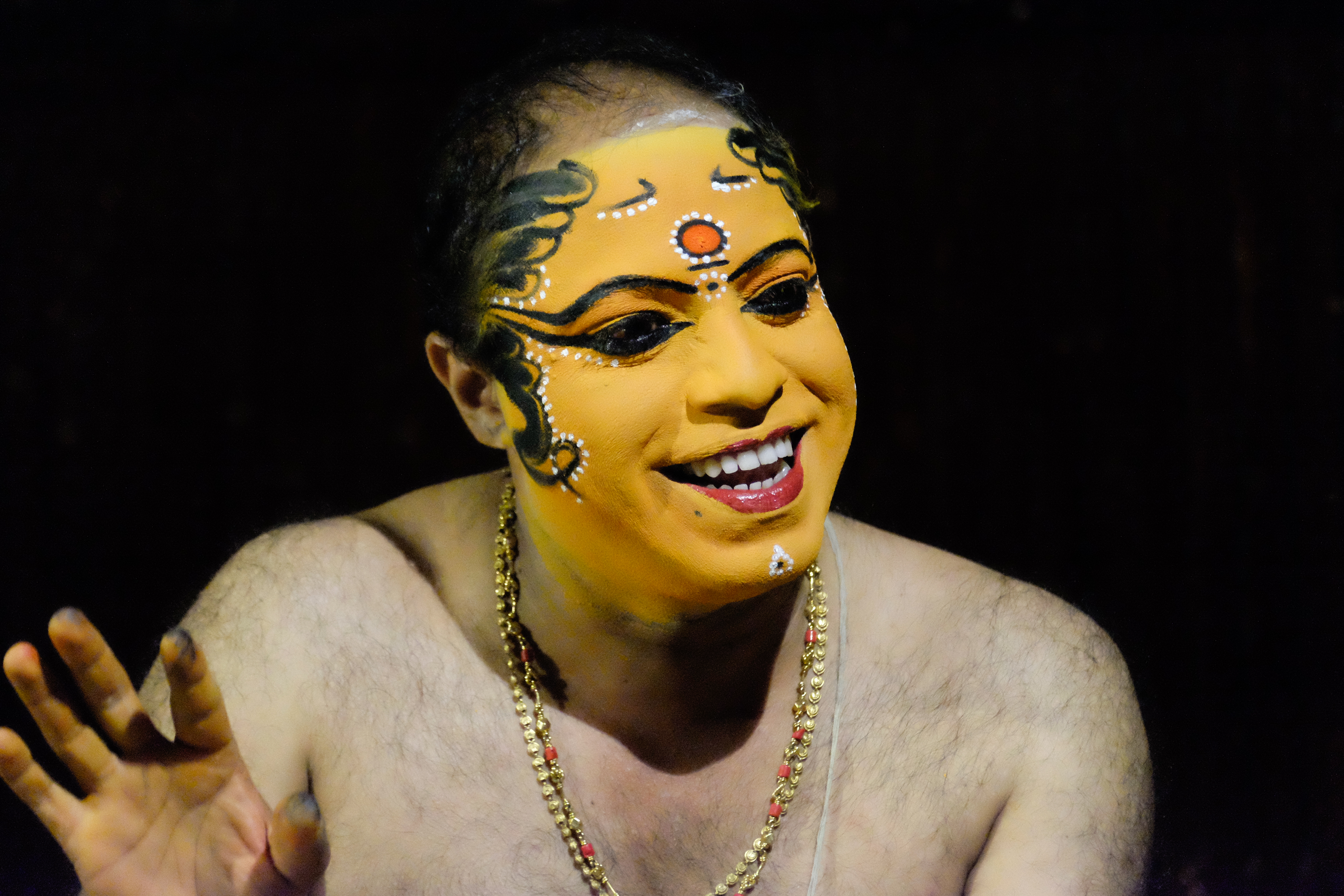



Lab data
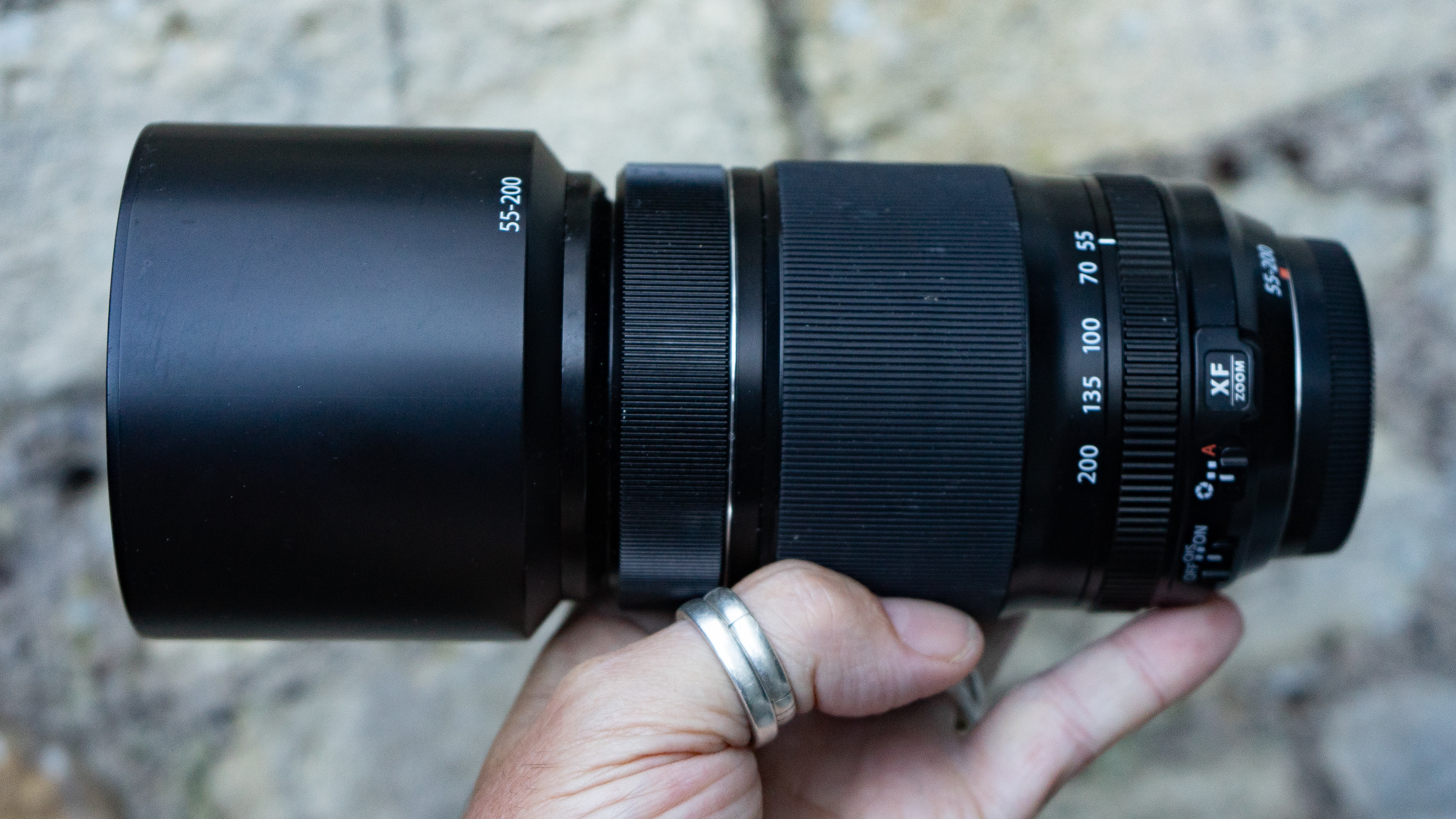
We run a range of lab tests under controlled conditions, using the Imatest Master testing suite. Photos of test charts are taken across the range of apertures and zooms (where available), then analyzed for sharpness, distortion and chromatic aberrations.
We use Imatest SFR (spatial frequency response) charts and analysis software to plot lens resolution at the center of the image frame, corners and mid-point distances, across the range of aperture settings and, with zoom lenses, at four different focal lengths. The tests also measure distortion and color fringing (chromatic aberration).
Sharpness:
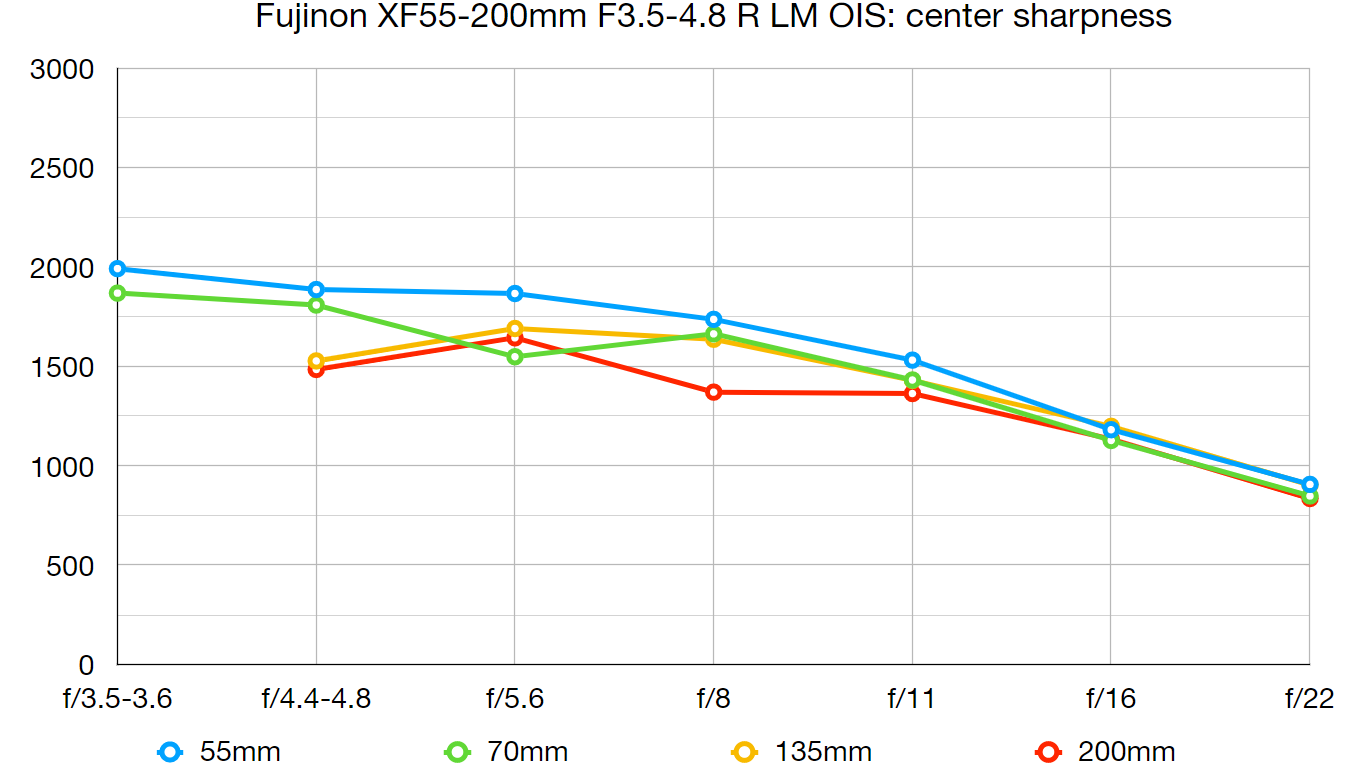
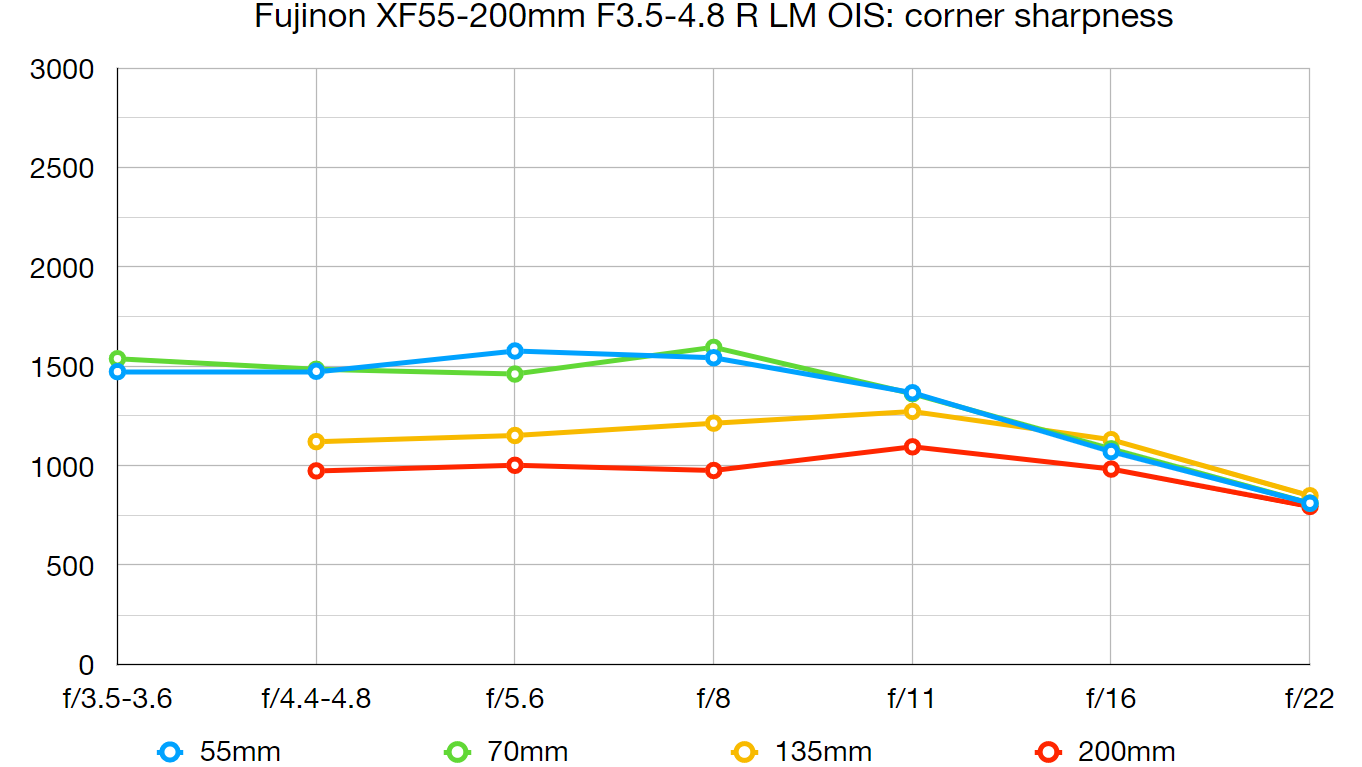
Center sharpness is very good at shorter focal lengths, even when shooting wide open. It becomes marginally softer at 135mm and beyond at maximum aperture, but it's still a very good performance. Corner sharpness is good at shorter focal lengths, but by 135mm the corners of frame are becoming noticeably softer, although not distractingly so.
Fringing:
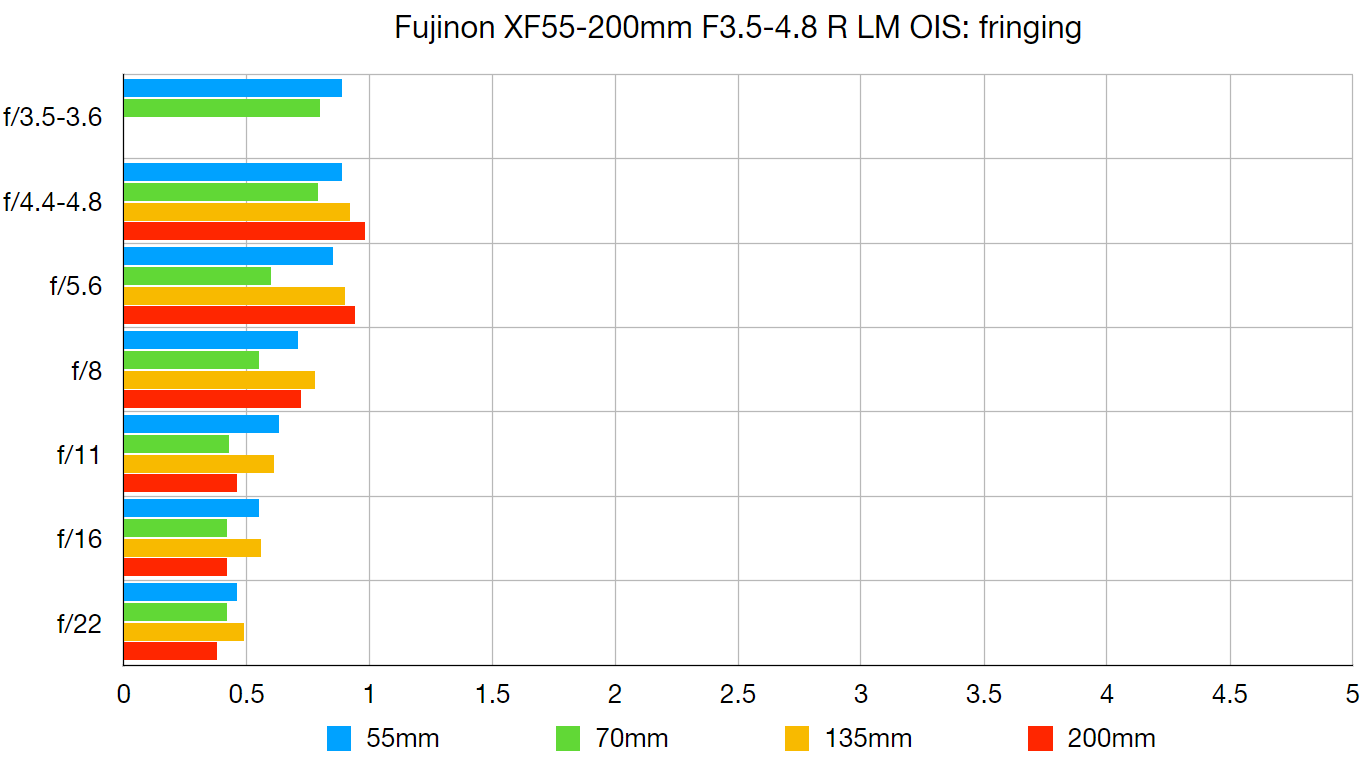
Color fringing is just about visible at larger apertures, but by f/11 it's reduced to negligible levels - a respectable performance for a zoom lens.
Distortion:
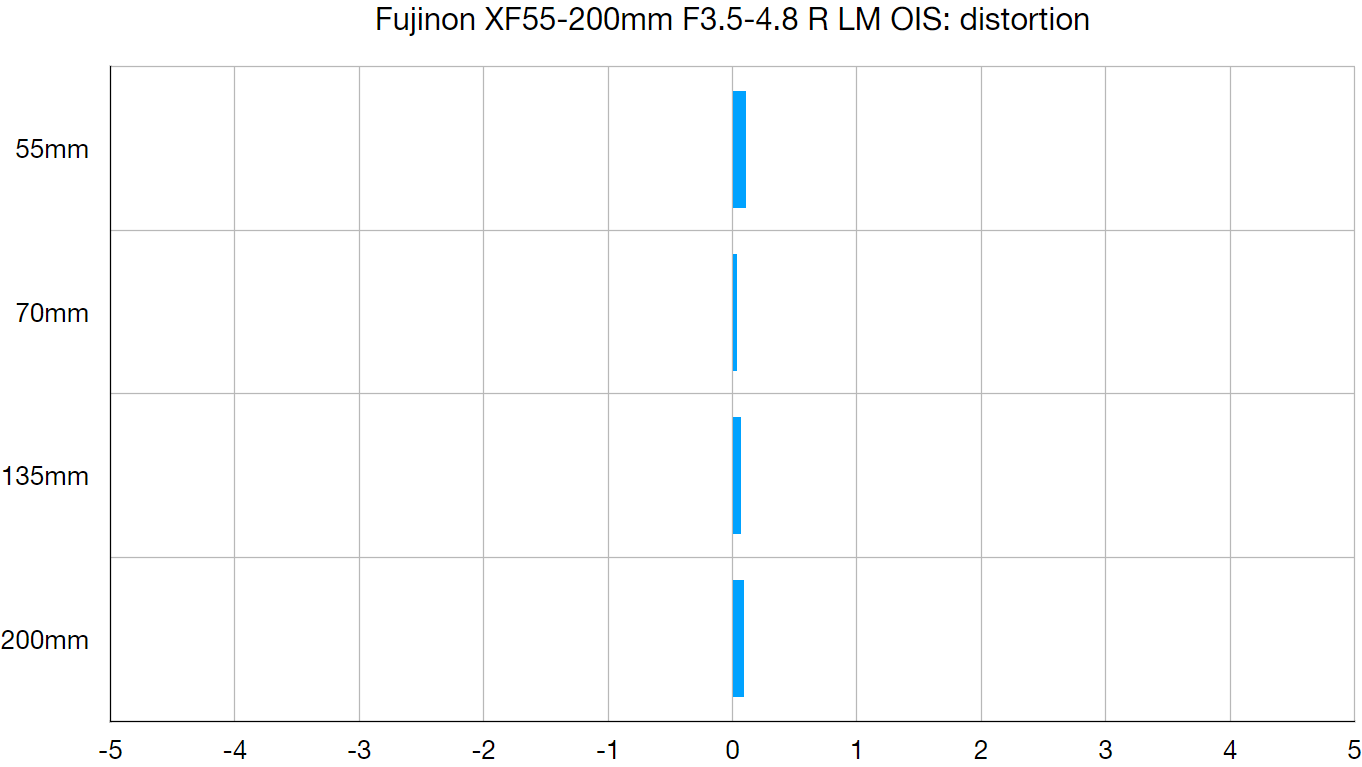
Thanks largely to the automatic distortion correction baked in to Fujifilm camera bodies (which cannot be disabled), any optical distortion is almost entirely corrected.
Verdict
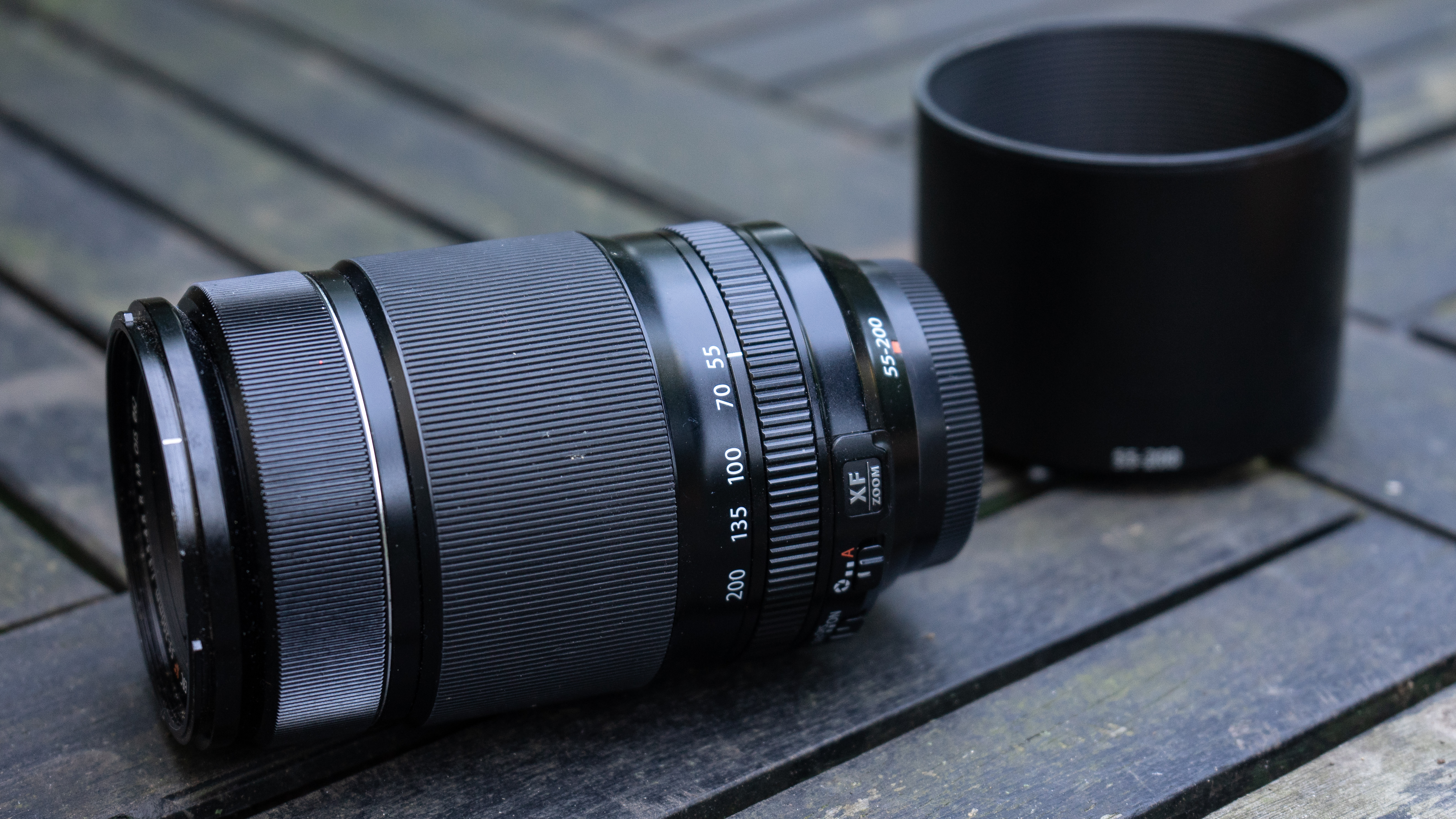
I have used the lens on and off for around five years - having originally bought it for a trip to India - and have always been impressed with the results it provides. In fact, in our lab tests, it holds its own remarkably well against the resolution we measured on the more-professional XF50-140mm f/2.8 R LM OIS WR.
Autofocus is pleasingly accurate and fast, and we were often impressed by the quality of the pictures that it obtained in the field.
Even so, even Fujifilm acknowledges that this lens is getting old - and decided not include this in the 20 XF lenses that it says are best suited to get the most from the newest 40-megapixel sensor found on the Fujifilm X-H2 and X-T5. This might even suggest that this lens is due for an update at some point.
But despite this, the XF55-200mm is a great telephoto zoom for most users - and decent value for money too.
Also check out our guides to the best Fujifilm lenses and best Fujifilm cameras.
Other Fujifilm lens reviews
Fujinon XF 16-80mm F4 R OIS WR review
Fujinon XF27mmF2.8 R WR review
Fujinon XF23mmF1.4 R LM WR review
Fujinon XF33mmF1.4 R LM WR review
Fujinon XF18-120mm F4 LM PZ WR review
Fujinon XF150-600mm F5.6-8 R LM OIS WR review
Fujinon XF 10-24mm F4 R OIS review
Fujinon XF18mmF1.4 R LM WR review
Fujifilm XF14mm f/2.8 R review
Chris George has worked on Digital Camera World since its launch in 2017. He has been writing about photography, mobile phones, video making and technology for over 30 years – and has edited numerous magazines including PhotoPlus, N-Photo, Digital Camera, Video Camera, and Professional Photography.
His first serious camera was the iconic Olympus OM10, with which he won the title of Young Photographer of the Year - long before the advent of autofocus and memory cards. Today he uses a Nikon D800, a Fujifilm X-T1, a Sony A7, and his iPhone 15 Pro Max.
He has written about technology for countless publications and websites including The Sunday Times Magazine, The Daily Telegraph, Dorling Kindersley, What Cellphone, T3 and Techradar.
